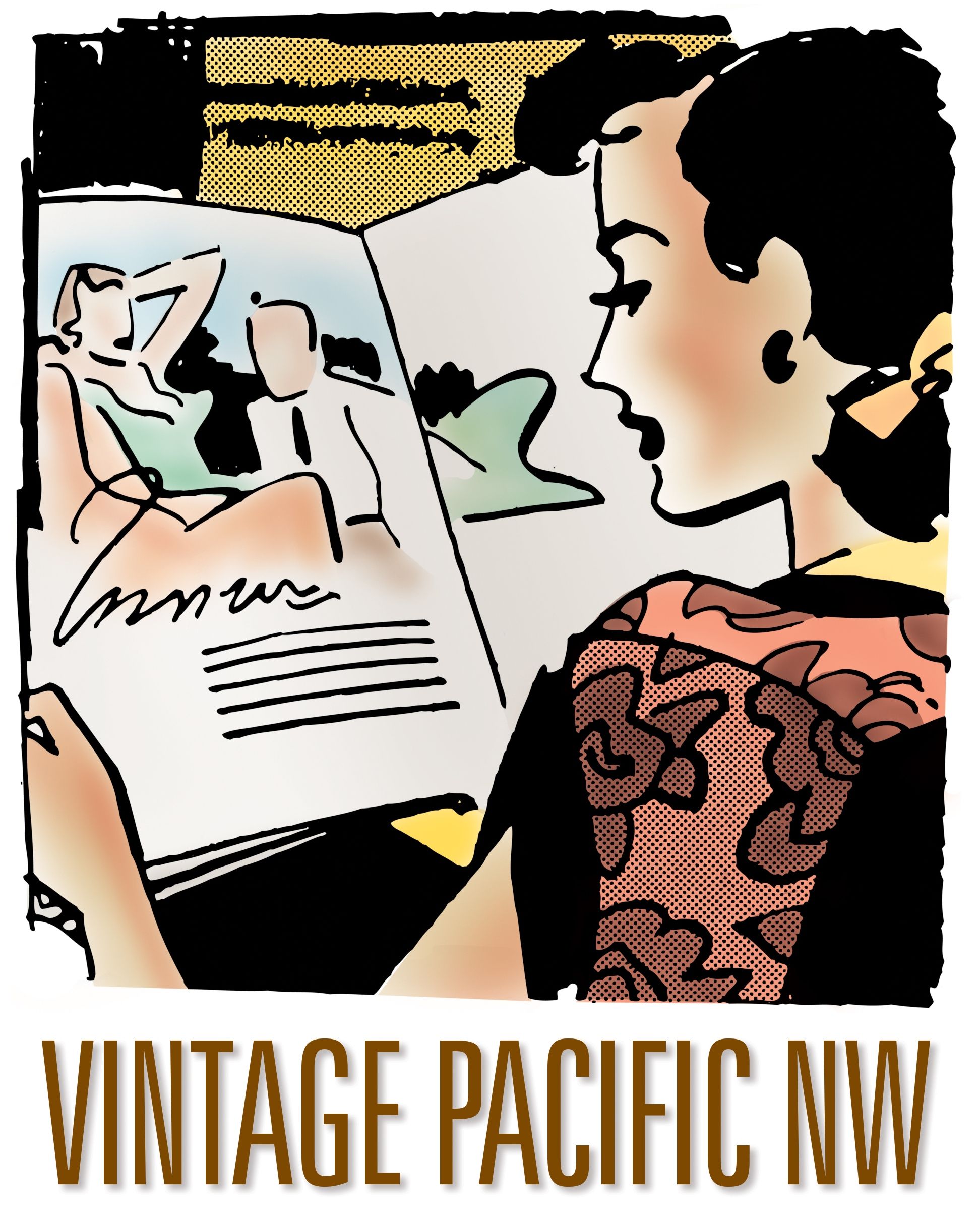Originally published July 20, 2012
By Ron Judd, Pacific NW magazine writer
WHATEVER THEY’RE paying Carol Zahorsky to lure the world’s tourists to the Long Beach Peninsula might not be enough.
Not that Long Beach itself is a bad place. It’s just that, when she sits down to type a tourism brochure, the publicist for the Pacific County coastal tourist mecca starts with a serious handicap: a plethora of place names that seem to come straight out of “The Gloomy Gus Roadside Guide to America.”
Imagine, if you will, the travel package the woman who contributes to the local visitors bureau website, funbeach.com, could throw together just by pulling in points of interest within a half-hour of the town:
Moms and dads: Kids all primed for adventure? What better way to reward that anticipation than an unforgettable week at … Cape Disappointment! Thrill to the experience of climbing aboard this big, rocky bluff, its sheer, perilous cliffs often battered by rain and hurricane-force winds! From the top, hang on to your hat, and drink in the view of Deadman’s Cove, right next door!
Have a second day? Road trip! Take a short trek down Highway 401 — and 200 years back in time — to a fun-filled picnic lunch at Dismal Nitch! Lewis and Clark’s last campsite on their way west was its own little hell, with expedition members experiencing weeks of driving rain so incessant, it rotted the clothing right off their backs!
Day three: A trek across the Megler Bridge to Astoria’s Maritime Museum, a place permeated with the stench of death emanating from relics of ships that went down in the Graveyard of the Pacific, the violent waters at the mouth of the Columbia River …
You get the point: Take that, Never Never Land. Nonstop fun for the whole family.
Zahorsky has no choice but to laugh it all off. The entirety of Washington state, it turns out, is rife with woe-is-moi place names. She tries to use her area’s unusual concentration of them as a sales tool.
“I think our interesting place names are actually an advantage,” she says with a laugh.
Each of these dank, dark, depressing names bestowed during the early years of the Euro invasion could be dismissed as a rookie mistake — just another goof by a newbie dumb enough to show up at the start of winter — if not for one troubling fact: They’re all entirely apropos.
Disappointment, it turns out, extended far beyond Pacific County for our forebears, who, to put it mildly, had a rough time of it. Back then, the quaint man-vs.-nature war some of us now willfully enlist in on weekends, just for kicks, was a real battle for survival — one that could have gone either way, and often did.
Given that, the real wonder is not that so many place names have dreary connotations, but that more of them do not.
Any iPad historian searching through a fascinating Tacoma Public Library place-names database for the origin of the name of Misery Point, near Seabeck on Hood Canal, will find an explanatory note repeated for dozens of other local place names: “The present name is one of many such names in the state which reflect pioneer hardships.”
(Also worth remembering is that many of those map charters were sailors, notably the crew of Capt. George Vancouver and, later, the Charles Wilkes Expedition of the U.S. government. To them, a derogatory name usually was associated with challenges for marine navigation. Hence: Obstruction Island and Obstruction Pass, Foulweather Bluff, Destruction Island, False Bay and a slew of others.)
Many state place names that seem to carry a downer message in today’s parlance probably were never intended to do so.
Point No Point is not the site of an annual existentialist salmon-fishing derby, but a lighthouse-adorned sand spit in Kitsap County that, legend has it, was named by Wilkes in honor of another Point No Point on the Hudson River, which often disappeared from the view of passing ships.
The name for Louse Rocks in Willapa Bay, according to the Tacoma library database, comes from a native legend of a chief and his wife who were turned to stone after they introduced lice to members of the local tribe.
Termination Point, near the Hood Canal floating bridge, was named by Wilkes not to commemorate an execution, but to mark the west side of the north end of Hood Canal. Opposite the point is Foulweather Bluff, named by Vancouver for apparent reasons.
Still other places are construed as negative because that was the precise intent.
Settlers named the town of Dusty, in Whitman County, because it was. And still is. Same with Rainy Pass, in the North Cascades, and many dozens of other why-am-I-here places, including Damnation Peak, so labeled by exasperated prospectors. Mosquito Pass, separating San Juan and Henry islands, was named for the swarms that emanated from a salt marsh there.
In fairness, it’s worth noting that our place-name angst is tempered by at least small doses of optimism: Cape Flattery, Discovery Bay, Enchanted Valley, Elk Lick Creek (OK; that one could go either way), Hee Haw and Hee Hee Creek, Pleasant Harbor and Right Smart Cove among them.
Most of our gloomy place names, it’s clear, came about when times were tough. But the fact that we’ve kept them all — even restoring and celebrating them in some prominent places — perhaps does give away something about us: We kind of embrace them and the associated gloom.
Nobody, in fact, has ever come to the Washington State Committee on Geographic Names requesting a place-name change simply because the current one was bumming them out, says Caleb Maki, the group’s executive secretary.
On some level, we clearly enjoy wallowing in our own atmospheric misery. Survival of visits to rough-sounding places can be worn like a badge, making us feel as hale and hearty as our undeniably hard-core ancestors.
Even if we’re not.


The opinions expressed in reader comments are those of the author only and do not reflect the opinions of The Seattle Times.